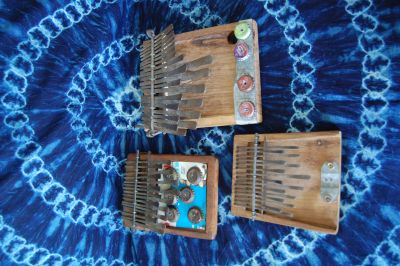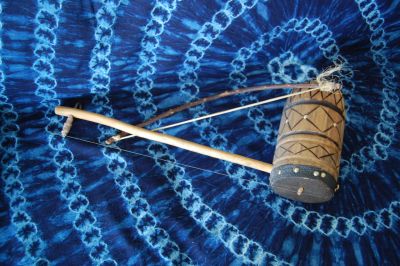Instrument Classification
Hornbostel-Sachs instrument classification system was created by Erich Moritz von Hornbostel and Curt Sachs. Among ethnomusicologists, it is the most widely used system for classifying musical instruments.
Instruments are classified using 5 different categories depending on the manner in which the instrument creates the sound: Idiophones, Membranophones, Chordophones, Aerophones, & Electrophones.
Idiophones

Sound is produced by the body of the instrument vibrating, rather than a string, membrane, or column of air.
Struck – clapping, cymbals, xylophones, bells, rattles
Plucked – thumb piano, jaw harp
Friction – friction sticks
Blown – blown sticks
Unclassified
Membranophones
Sound is produced by the vibration of a tightly stretched membrane.
Struck – drums (many varieties)
Plucked – plucked drums (a string is attached to the membrane and causes the vibration)
Friction – friction drums (rubbed rather than struck or instruments in which a cord is attached to the membrane and rubbed)
Singing – kazoos
Unclassified
Bowed instrument
Chordophones

Sound is produced by the vibration of a string or strings that are stretched between fixed points.
Simple/Zither – musical bows, zithers
Composite – lutes, harps, tube fiddle, violins, viola, cello, bass, guitars
Unclassified
Aerophones
Sound is produced by vibrating air.
Free – early organs, accordion, harmonica
Non-free – flutes, recorder, oboes, clarinet, saxophone, trumpet, trombone, euphonium, tuba
Unclassified
Electrophones
Sound is produced by electric action or amplification.




